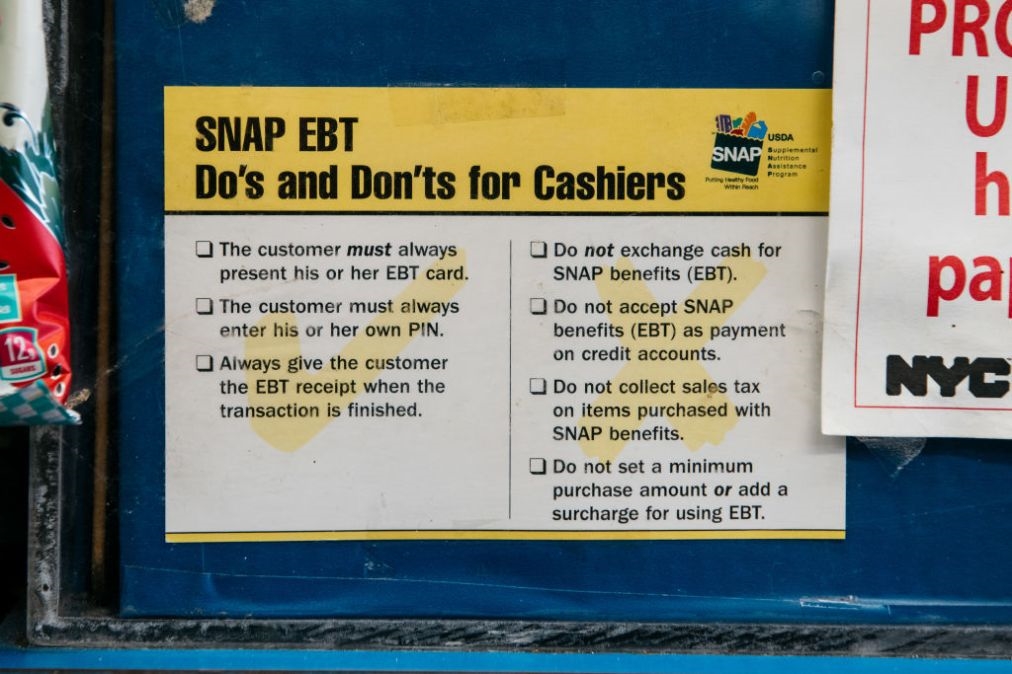Understanding the Difference Between Chip Cards and Magnetic Stripes in NYC
In the bustling city of New York, where millions of transactions occur daily, understanding the difference between chip cards and magnetic stripe cards can be crucial for both consumers and businesses. As technology evolves, so do the methods of payment, and knowing how each card type functions can help you make informed decisions about your financial security and convenience.
Security Features
One of the most significant differences between chip cards and magnetic stripe cards is the level of security they offer. Chip cards, also known as EMV (Europay, MasterCard, and Visa) cards, contain a microprocessor chip that encrypts transaction data uniquely for each purchase. This makes it much harder for fraudsters to clone the card or steal information, as the data is not static and changes with every transaction.
In contrast, magnetic stripe cards store static data on the magnetic strip on the back of the card. This data can be easily copied or skimmed by fraudsters using simple devices, making magnetic stripe cards more vulnerable to fraud. In a city like NYC, where card skimming can be a concern, using a chip card can provide an added layer of security.
Transaction Process
The transaction process also differs between chip cards and magnetic stripe cards. When using a chip card, you typically insert the card into a chip reader and leave it there until the transaction is complete. This process allows the chip to communicate with the payment terminal, verifying the card’s authenticity and encrypting the transaction data.
On the other hand, magnetic stripe cards require a simple swipe through the card reader. While this process is quicker, it does not offer the same level of security as chip transactions. In NYC, where speed and efficiency are often prioritized, some may prefer the quick swipe of a magnetic stripe card, but it’s essential to weigh this against the potential security risks.
Adoption and Availability
In New York City, the adoption of chip card technology has been widespread, with most retailers and service providers now equipped with chip-enabled payment terminals. This shift has been driven by the need for enhanced security and compliance with global payment standards. As a result, consumers will find that chip cards are widely accepted across the city, from small local businesses to large retail chains.
However, magnetic stripe cards are still in use, particularly in older establishments or in situations where chip technology has not been fully implemented. For those who frequently travel or shop in areas where chip readers are not available, having a magnetic stripe card as a backup can be useful. It’s also worth noting that many chip cards still include a magnetic stripe for compatibility with older systems.
